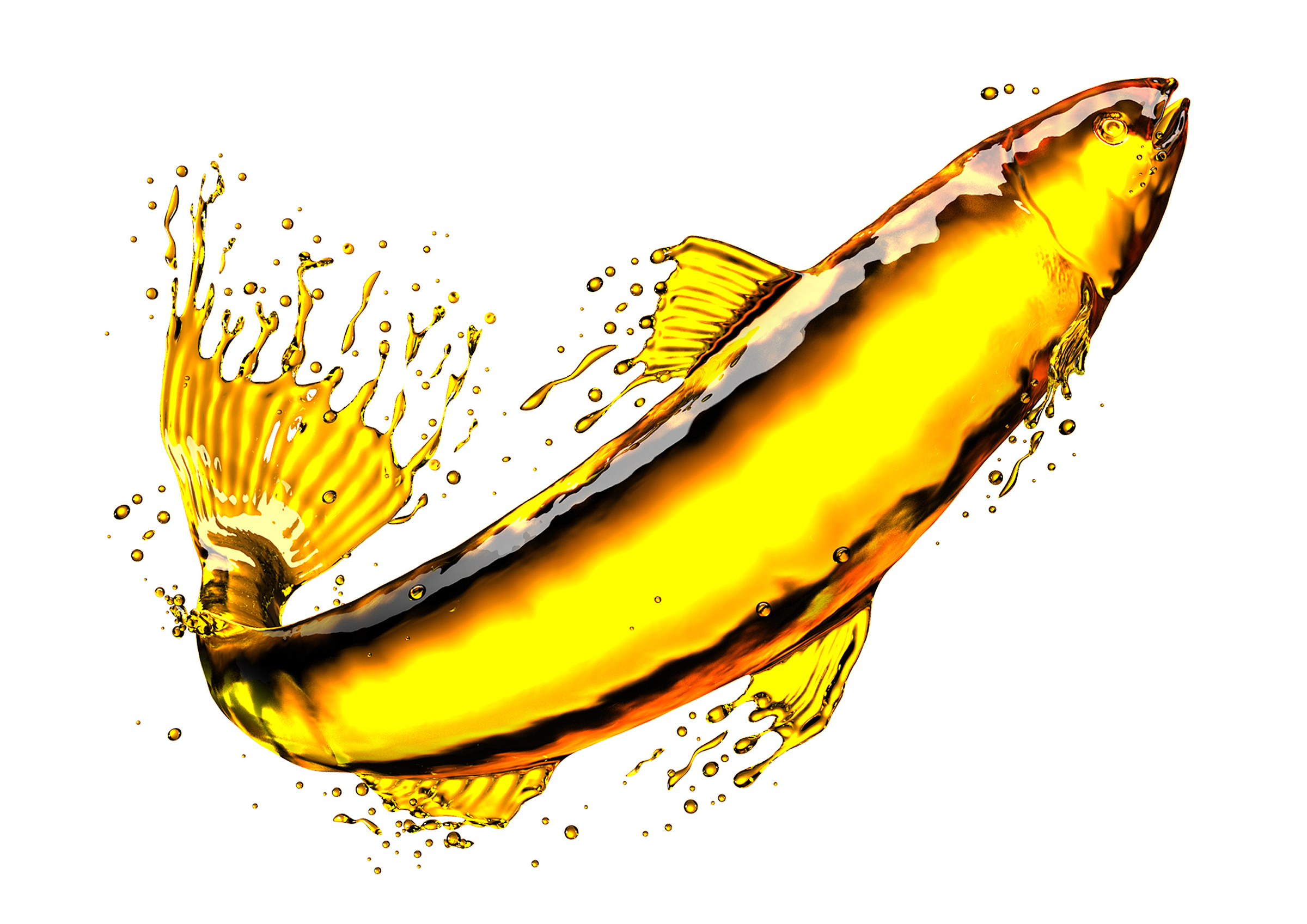
At the International Veterinary Emergency and Critical Care Symposium (IVECCS) of September 2016, an important topic of discussion focused on the management of laminitic pain. Alonso Guedes, MV, MS, PhD, DACVAA, of the University of Minnesota, remarked that horses experiencing laminitis often are hypersensitive to stimuli that would not normally trigger a pain response.
One drug used commonly in humans and dogs to control pain is tramadol. Historically, there has been doubt as to bioavailability of this drug when given orally to horses. When given every 12 hours for five days at either 5 or 10 mg/ kg doses, its presence is measurable in plasma. However, due to rapid conjugation of one of its metabolites, what is left behind is only a small free fraction, and that contributes to reduced efficacy.
The higher dose of 10 mg/kg per formed better for controlling pain, yet adverse gastrointestinal events were one undesirable side effect at that dose. With that in mind, this drug might not work for all cases.
The researchers examined another approach to pain control by addressing C-fiber nocioceptors of the digital nerves. The hyper-responsiveness seen with overly stimulated C-fiber nocioceptors depends on activation of N-methyl- D-aspartate (NMDA) at the level of the spinal cord. Ketamine is an NMDAreceptor antagonist. Administration of a sub-anesthetic dose of ketamine (0.6 mg/kg/h for 6 hours/day) concurrent with tramadol treatment improved pain relief from the lower dose (5 mg/kg) of tramadol.
Looking to other pain pathways, researchers are examining the effects of inflamed tissues and how subsequent production of lipids regulates pain signals to the CNS. Typical treatment to block these lipids is attempted using COX inhibitors (for example, NSAIDs), but not all of those provided relief for refractory cases of chronic laminitis.
Another mechanism that blocks pain includes the production of endogenous bioactive lipids called epoxy-fatty acids (EpFAs); these are inactivated by the enzyme soluble epoxide hydrolase (sEH). Horses with chronic laminitis experience significantly higher sEH activity in hoof laminae than horses with healthy hooves. Research has identified that inhibition of sEH stabilizes the EpFAs to block pain even more than COX inhibitors and opioids.
“Adjunct analgesic therapy with one inhibitor of sEH, t-TUCB in 10 laminitic horses was associated with statistically significant improvements in subjectively assigned pain scores, and with negligible side effects,” reported the study. With this in mind and until further research provides sEH inhibitors as drug therapy, an omega-3-enriched supplement, such as fish oil, might offer additional pain relief with limited adverse side effects as seen with other analgesics.








